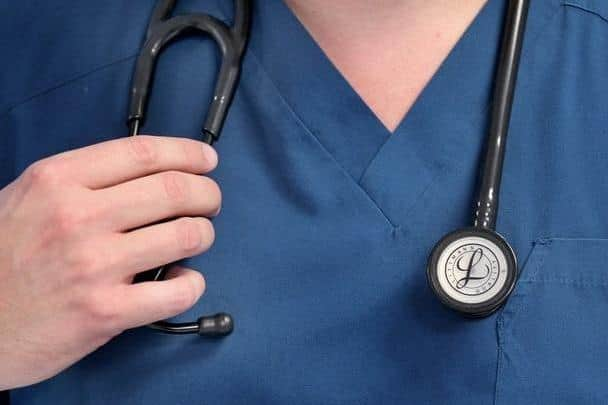Lib Dems claim Bedford is one of the worst in country for accessing care for GP patients
and live on Freeview channel 276
GP patients are facing a ‘postcode lottery’ when it comes to accessing care – with Bedford one of the worst areas in the country, according to Liberal Democrats.
They claimed that research showed some areas of the country have twice as many people per GP as others, highlighting the GP shortage crisis that is leaving families struggling to book appointments.
Advertisement
Advertisement
The figures were based on research by the House of Commons Library commissioned by the Liberal Democrats.


The party claims the data shows that the number of people per GP in England has risen by five per cent to an average of 2,038 since 2015 and that 70 of the 113 Clinical Commissioning Group (CCG) areas in England have seen an increase in the number of people per GP since 2015.
It said there are also huge disparities across the country, with some areas seeing around a 40 per cent increase in people per GP over the same period.
The Lib Dem figures put BLMK CCG in the bottom seven for patients per GP, with 2,220 patients per GP (June 2021) and show that it had 50 fewer GPS (excluding trainees) in June 2021 than in September 2015.
Advertisement
Advertisement
The same data shows that NHS Wirral CCG has 1,279 people per GP.
A spokesperson for the CCG said: “The CCG is monitoring the data and understands there is room for improvement. It is a priority for BLMK CCG to continue with our recruitment initiatives to improve this position for both our patients and our member practices.”
Adding that based on the data it monitors (national digital workforce platform) BLMK is in the 3rd percentile.
“Improving this position is a BLMK ICS and NHSE priority,” they added.
Advertisement
Advertisement
The CCG said that it has put a number of initiatives in place to increase the number of GPs:
> International GP Recruitment (8 GPs recruited during 2019-20)
> Since 2016 Local GP Fellowships have recruited GPs from outside of area and retained local GPs with the offer of a portfolio opportunity
> New to Practice Programme launched provided targeted supported learning and development to newly qualified GPs to induct and retain them in GP with the support of experienced mentors and key business, management and leadership skills
Advertisement
Advertisement
> Mentorship and Coaching support to newly qualified GPs and Locums to see the benefits of salaried / partnership positions
> Promotion of the GP Retention and Partnership payment scheme
> Increasing the number of GP training placements within BLMK
> Retention of experienced GPs through opportunities to become mentors/coaches, return to practice
Advertisement
Advertisement
The CCG said that GP headcount numbers reduced by 2.4 per cent between 2015 – 2021. During the same time period direct patient care roles (including pharmacists, physiotherapists and physician associates) increased by 30 per cent (headcount) 44 per cent (Full Time Equivalent).
“Between 2019 – 2020, we saw an increase in GP headcount despite the challenging backdrop of the pandemic,” the spokesperson said.
“Practices (and since 2019 Primary Care Networks) are now made up of multi-professional teams, focussed on ensuring they maximise skill mix enabling patients to access the most appropriate staff member depending on their needs.
“Practitioners are encouraged to work to the top of their licence – freeing up GPs to make best use of their expertise. With the significant increase in the number of different practitioners working in general practice we would expect to see GP numbers stabilise.”
Advertisement
Advertisement
When asked what it predicts the prediction for patients per GP for 2022 will be, the spokesperson said: “We have informed NHSE that we aim to reach 406 FTE GPs by April 22 which equates to roughly 41 per 100,000.
“We are currently at 37FTE per 100,000 patients and England average is 45 per 100,000 patients.”
